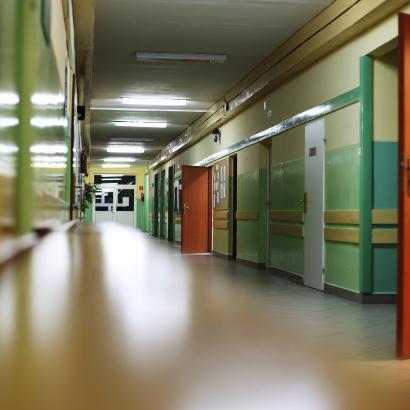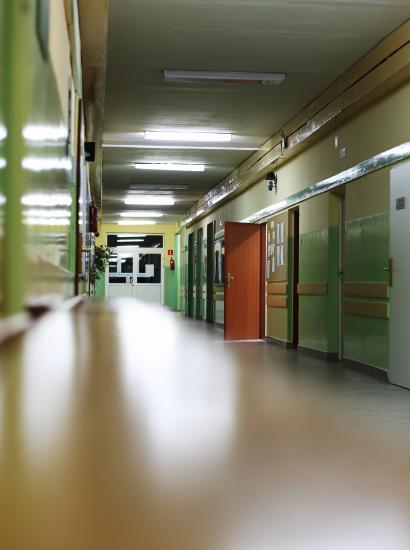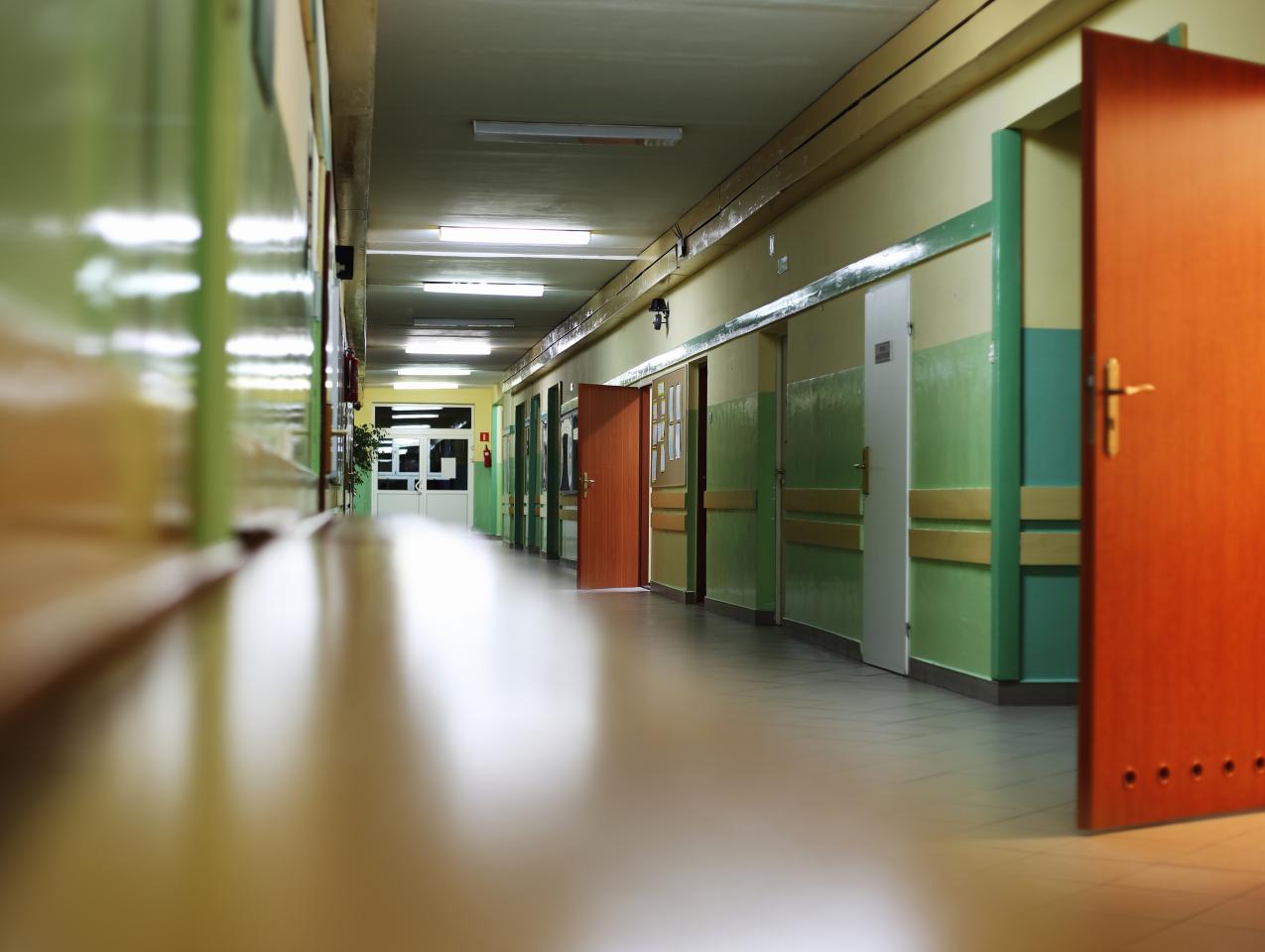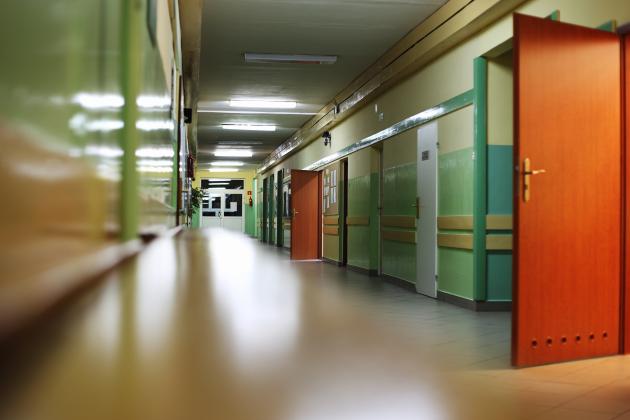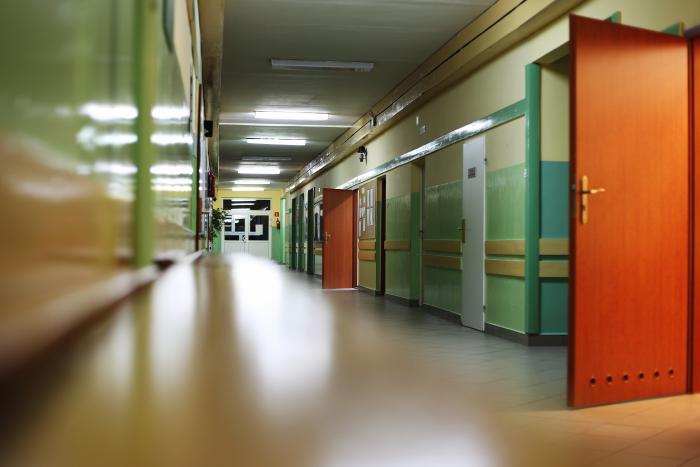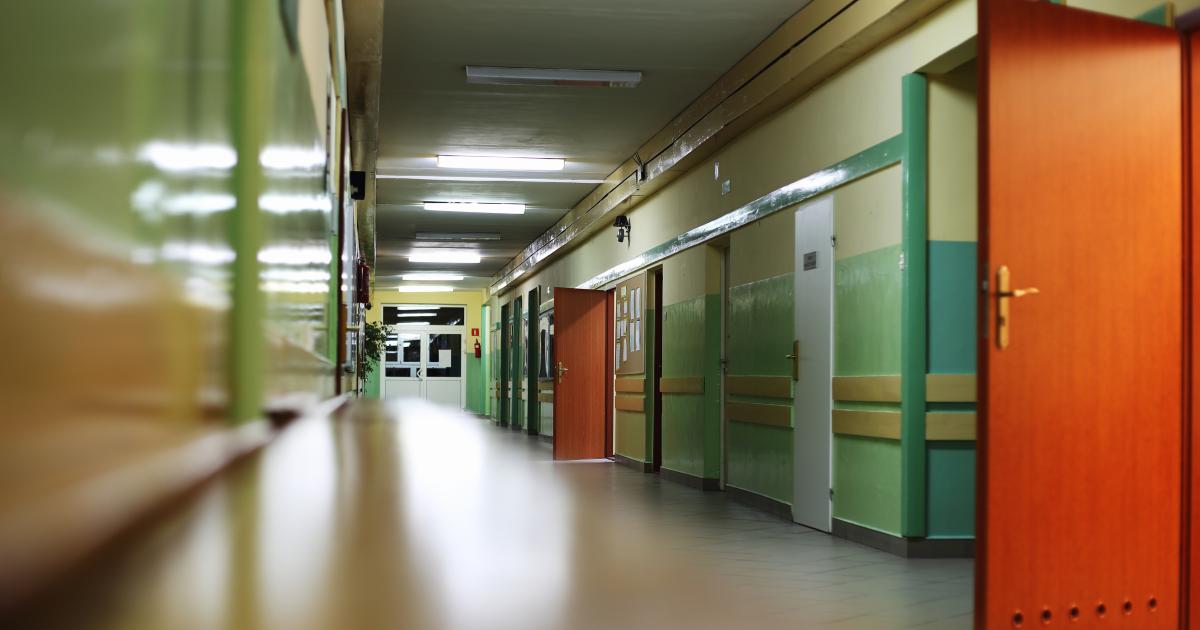With all due respect to the gridlock back in the nation’s capital, there’s a far more compelling government impasse afoot.
And it just happens to be in California’s largest city.
At issue: a teachers’ strike within the Los Angeles Unified School District (LAUSD, the second-largest employer in Los Angeles County), which covers 710 square miles and serves nearly 700,000 students (that’s more students than people living in Seattle, the nation’s 18th-largest city).
In America’s nation-state, LAUSD is California’s mini–national school system. Serving a local population of 4.8 million that, were it a state, would vie with Alabama as America’s 24th largest, the school district consists of 1,322 schools and learning centers spread across most of the city of Los Angeles, plus 26 cities and unincorporated areas across the county. LAUSD’s $7.49 billion general fund is comparable to that of North Dakota, in the lower rungs of state budgets.
Before we go any further, let us recall how teachers’ strikes have become a familiar story across the fruited plains.
In 2018, teachers sprang into action in Arizona, Kentucky, Oklahoma, and West Virginia. The reasons: more pay, better pension plans.
In that regard, the strike in LA is no different. Educators there likewise want larger paychecks, plus some other financial concessions (more money for counselors, nurses, and librarians). Added to their demands are smaller class sizes and a reduction in standardized testing.
The pushback against those demands: LAUSD’s finances. The district is headed for bankruptcy unless it figures how to pare back its long-term liabilities—including billions in retiree health-benefit costs.
It’s not the first time a teachers’ strike has hit Los Angeles—the last one occurred back in the spring of 1989 and lasted nine days. Nor is it a phenomenon limited to Southern California. A teachers’ strike may be coming to Oakland, California’s eighth-largest city.
But in the land of films and television, there’s a different look and feel to this remake. In 2019, it’s not just about teachers and budgets but also about power and prestige—and, for at least one prominent Democrat, presidential politics.
Let’s begin with power and prestige.
LAUSD’s new superintendent of public instruction is anything but a conventional choice to lead America’s second-largest school system. Austin Beutner sports an impressive LA resume. In 2014, he was named publisher and CEO of the Los Angeles Times (he clashed with then-owner Tribune Publishing over the newspaper’s vision, with the two parties going their separate ways a year later).
Prior to that, Beutner served as the city’s first deputy mayor. He managed twelve agencies, including the ports, airports, and the terminal headache that is LA’s Department of Water and Power—all for the princely salary of $1 a year (full disclosure: I’ve known Beutner for nearly a decade, offering him strategic advice).
How could Beutner afford to work so cheaply? At age 29, he became the youngest-ever partner at the private equity firm Blackstone and later co-founded Evercore Partners. Translation: his personal wealth easily runs into nine figures.
That makes Beutner part of a clique of uber-wealthy individuals with an appetite for philanthropic causes (for Beutner: Vision To Learn). And, for some of his friends, education reform.
Also in that club are Richard Riordan, once the city’s mayor, and Eli Broad, the only individual to build two Fortune 500 companies in different industries (KB Home and SunAmerica).
For years now, it’s been the wealthiest of Angelenos who’ve tilted at the windmill that is California public education. As LA’s mayor back in the 1990s, Riordan frequently sparred with the local ed establishment (he famously referred to the practice of transferring poor teachers instead of firing them as “the dance of the lemons”).
As for Broad, he took his interest in education reform to a higher level in 2018—joining with some other wealthy friends to donate millions to a pro–charter school group that tried (and failed) to get former Los Angeles mayor Antonio Villaraigosa elected governor of the Golden State. Their logic: if put in charge of the government in Sacramento, Villaraigosa was far more likely than the eventual winner, then–lieutenant governor Gavin Newsom, to stand up to the all-powerful California Teachers Association.
In that regard, the LA teachers’ strike is as much about charter schools (they serve about one in five LA school students and are either non-union or have separate union contracts) as it is about conditions in the classroom.
It’s also a clash that was inevitable—at least, it became so once a pro-charter majority took over LAUSD’s governing board two years ago.
Ed reformers saw that transformation as “a chance to treat students as individuals, not assembly-line products.” But the education establishment sees things differently: a 287% charter-school increase within LAUSD’s boundaries over the past decade represents a loss of enrollment that takes $600 million away from LA’s public schools annually.
Thus the insistence on the part of the United Teachers Los Angeles union to put a cap on charter schools.
There’s an easy way for teachers’ unions, Beutner, and the charter-school movement to resolve their many differences. But it requires the willingness of LA’s mayor to act as a mediator and an honest broker.
And that takes us to the part about presidential politics.
Since his landslide re-election nearly two years ago, Eric Garcetti hasn’t shied away from his interest in relocating from Los Angeles City Hall to the Oval Office. Last year, he hosted a fundraiser for South Carolina Democrats in his city and delivered a college commencement address in New Hampshire.
But unlike, say, Senator Kamala Harris, who’s spending her January traipsing around the country on a book tour that seems an awful lot like a soft launch for a presidential run, Garcetti is chained to his city.
And given that it’s Los Angeles, that’s not always a good thing.
Last October, for example, the mayor had to deal with reports that piled-up, rat-infested garbage was responsible for an outbreak of typhus. And there’s LA’s persistent homelessness problem—52,765 homeless individuals were counted last year, a 4% drop from the previous year but a 36% increase from eight years ago.
How easy it would be for Garcetti to wade into the middle of the school impasse and attempt settle matters. But doing so risks incurring the wrath of California’s teachers’ unions—a good way to become a dead man walking in Democratic presidential politics.
Perhaps that’s why Garcetti inelegantly called the strike “electrifying” while also signaling to reporters which side he’s on (“I’m immensely proud of Los Angeles’ teachers . . . for standing up for what I believe is a righteous cause.”)
A funny thing about the events in Los Angeles: about 400 substitutes, plus some 2,000 accredited district staff (some, former teachers) were asked to fill the void of the 31,000 truant teachers.
Mayor Garcetti is not one of those fill-ins.
Then again, it’s not like he’s offering any lessons in leadership.








